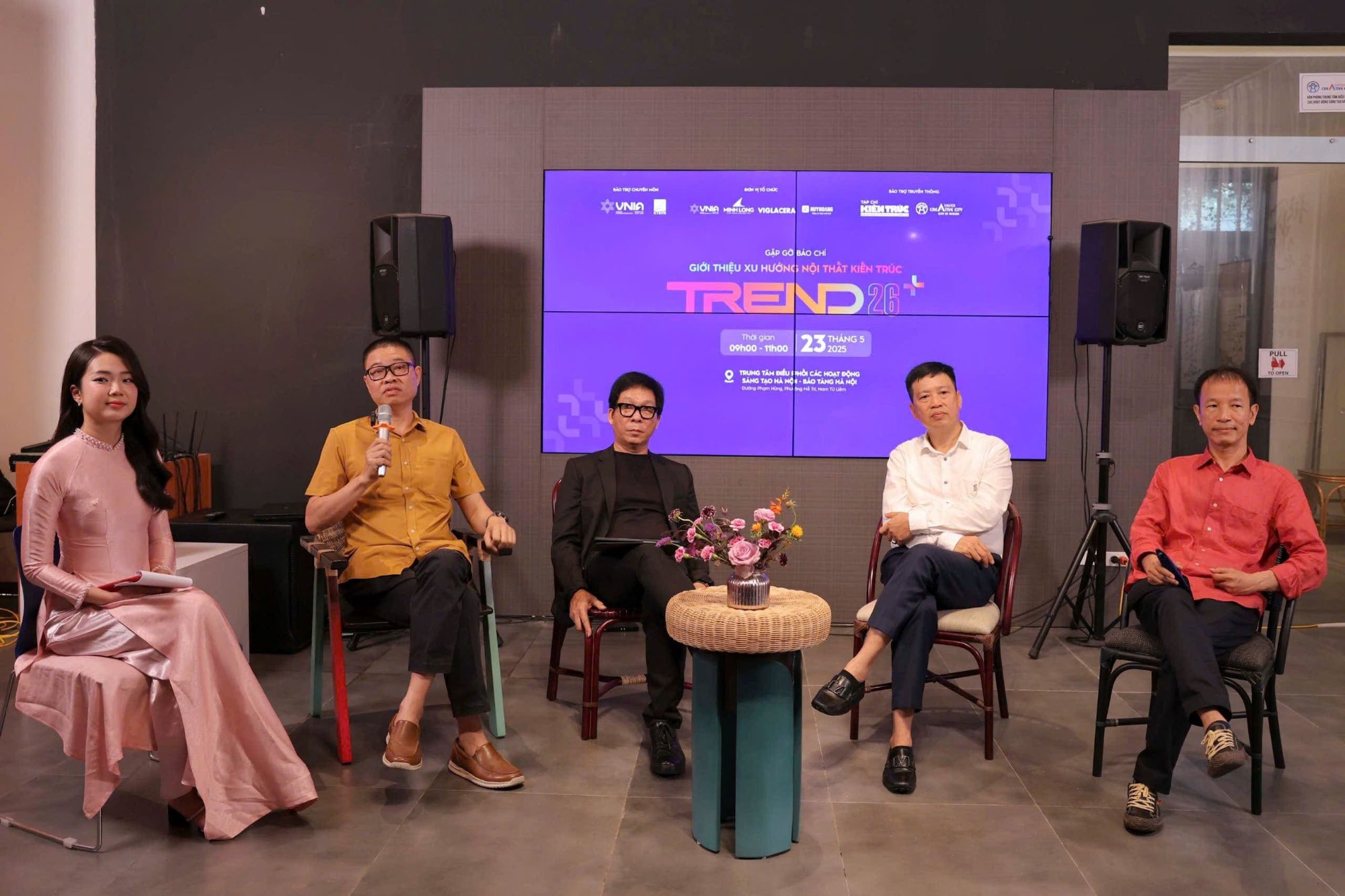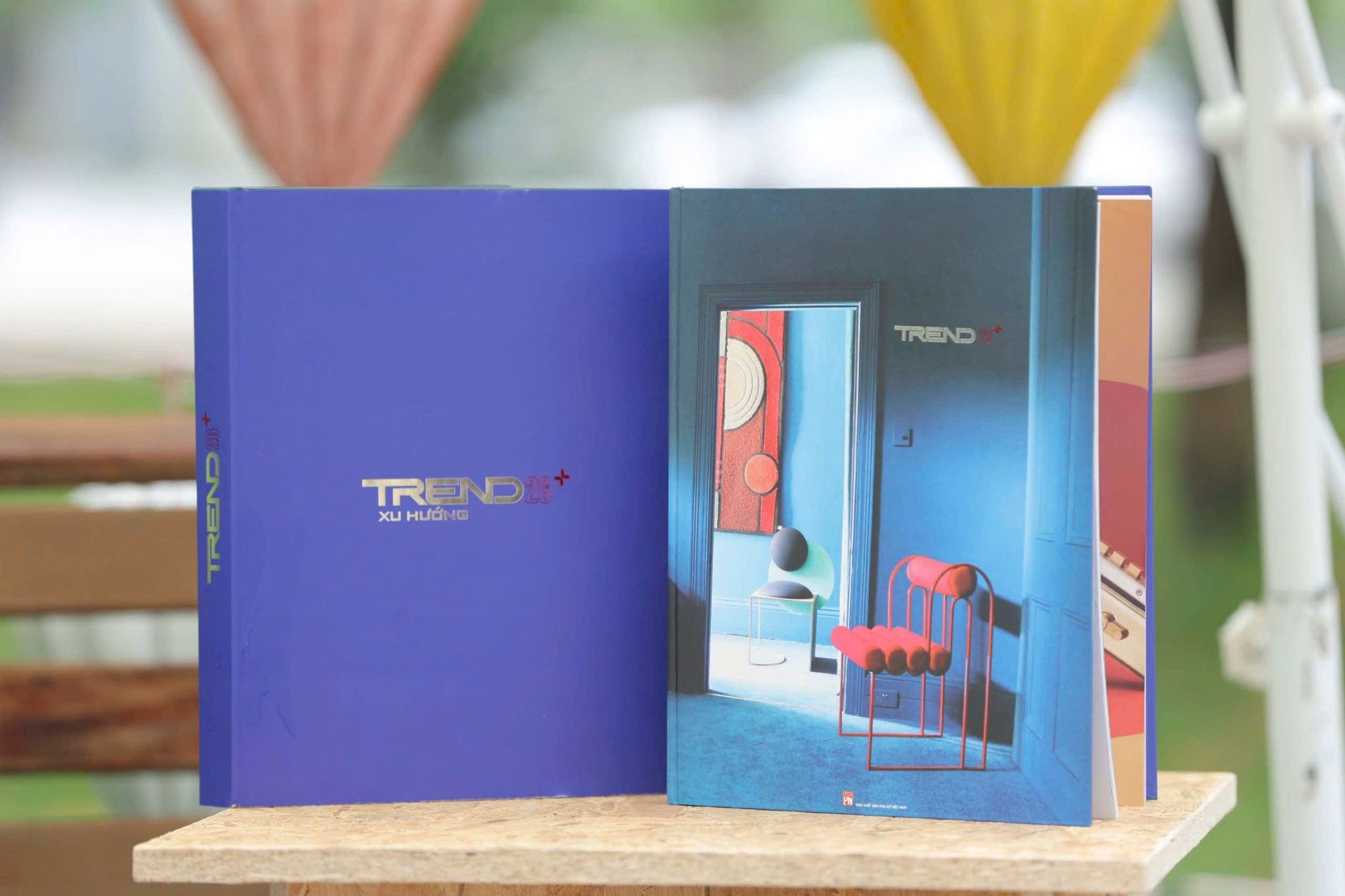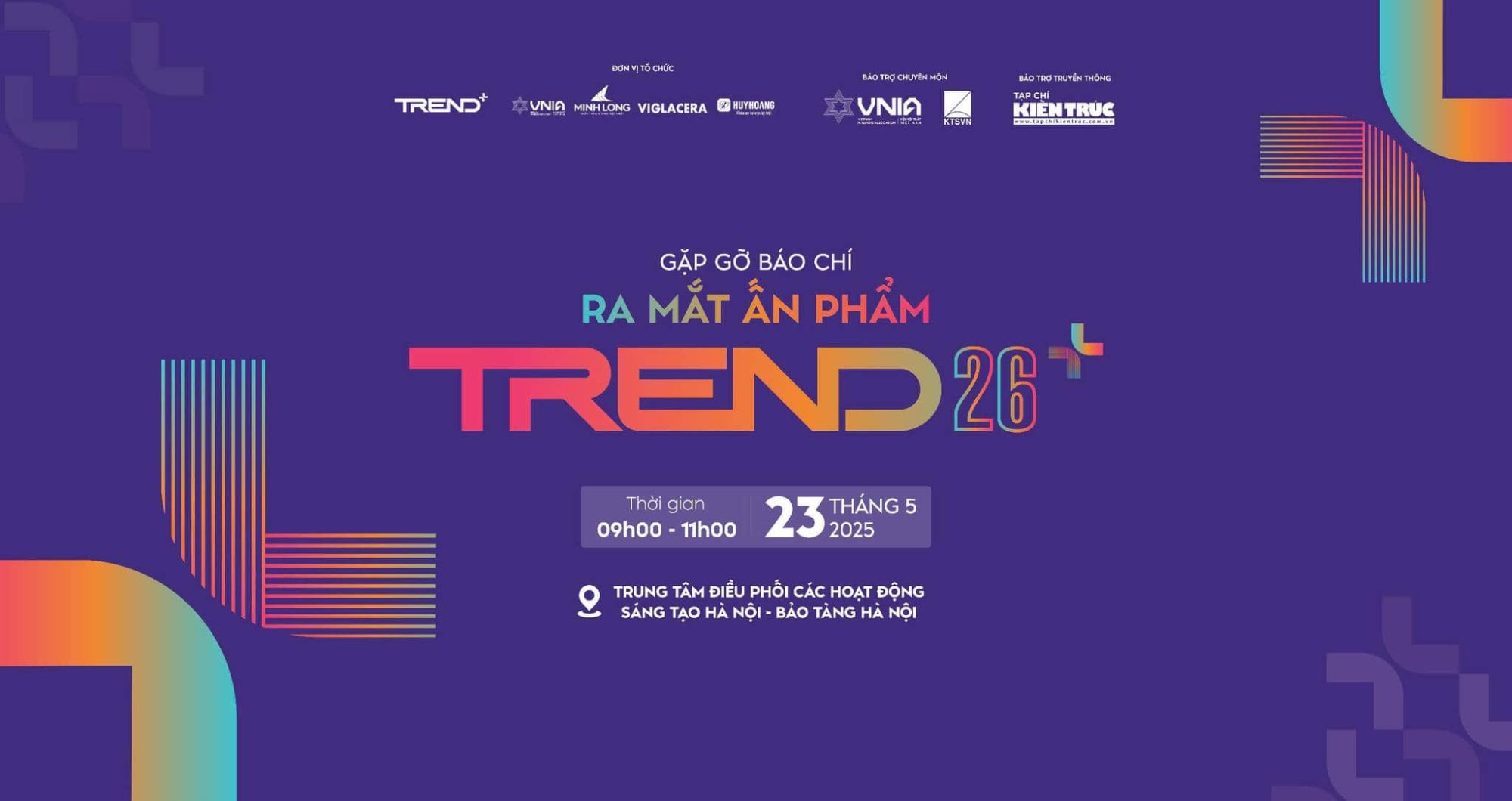News
HEALING ARCHITECTURE & MATERIALS: A GROWING DESIGN MOVEMENT IN VIETNAM
Healing-focused architecture and materials are no longer unfamiliar concepts. Instead, they are gradually forming a new current of thought within Vietnam’s construction and design industry.
A Rising Trend in the Post-Covid Era
Following the Covid-19 pandemic, the demand for healing spaces in the built environment has become increasingly prominent.
Healing architecture is not merely a design trend focused on aesthetics or function. Rather, it represents a holistic approach that integrates physical, emotional, and psychological wellbeing. This design philosophy draws from nature—air, greenery, eco-friendly materials, ambient sounds—to create micro-ecosystems that support both physical recovery and emotional balance.
In Vietnam, this concept has started to appear in hospitals, resorts, and private residences. Especially in the post-pandemic era, the need to find "healthy sanctuaries" has become more urgent, prompting investors, architects, and material manufacturers to shift their focus.
At the launch of the Trend 26+ publication by the Vietnam Interior Design Association in late May, architect Lê Trương, President of the Association, remarked:
“Trends do not arise naturally; they are the result of deliberate observation, selection, and creation. In design, a trend must not only be new—it must reflect identity, societal needs, and the spirit of the time.”
According to experts, healing architecture is a deeply rooted trend because it embodies three core values: expertise, creativity, and cultural context.
Healing spaces emphasize not only natural materials but also personalization and emotional connectivity. A home with an open balcony, a workspace near a window, or a small courtyard garden within a townhouse are all examples of inward-focused design—prioritizing user experience and mental wellbeing.
When Tiles and Stone Can Also Heal
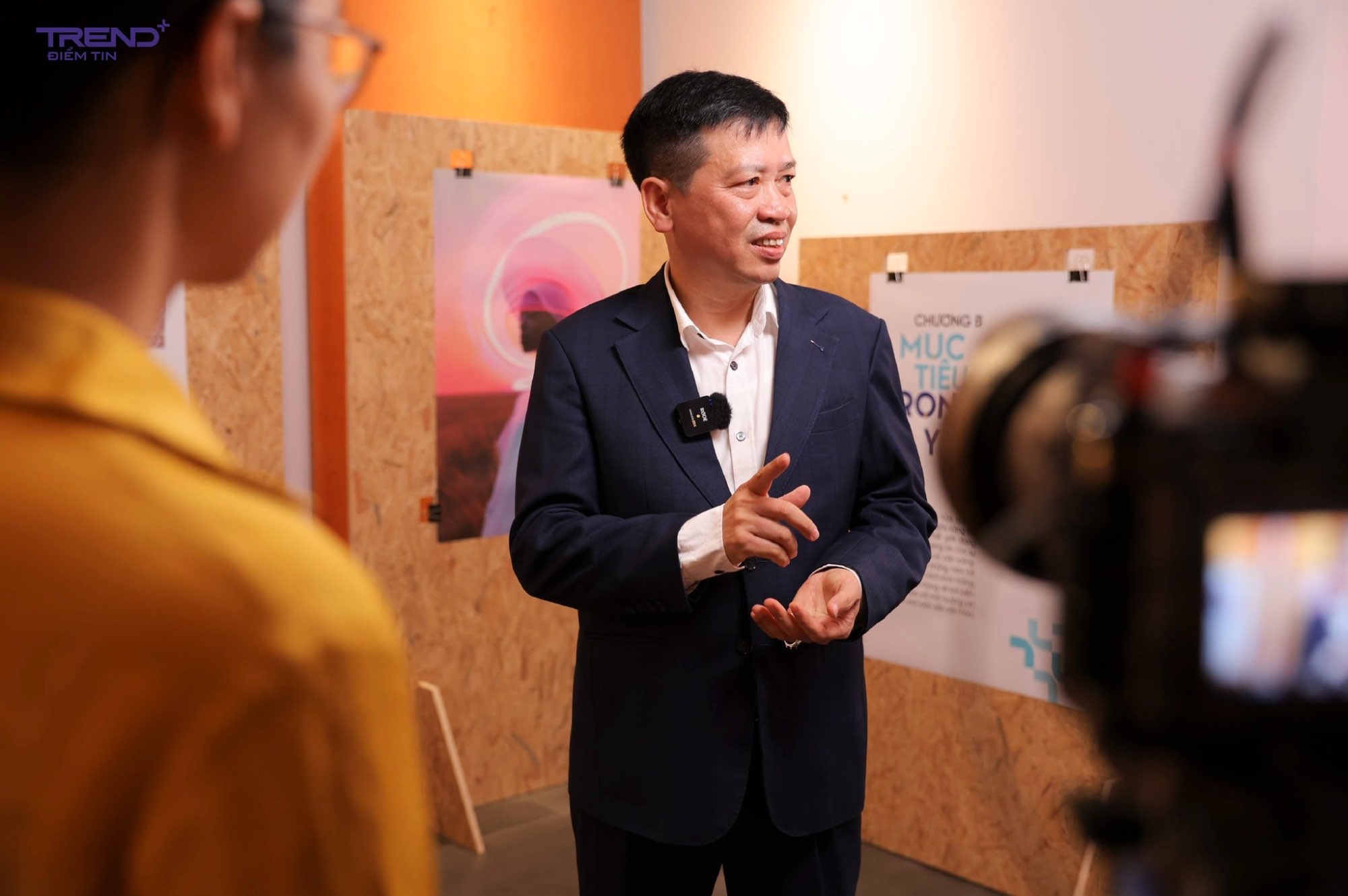
Mr. Mai Xuân Đức speaks with Lao Động newspaper
From the perspective of building materials, Mr. Mai Xuân Đức—CEO of Viglacera Tile Trading JSC—shared with Lao Động:
“Over time, we’ve had the opportunity to regularly connect with trendsetters, early adopters, and users alike. Through observation and attentive listening, we realized that the entire architecture and interior design sector is converging toward a shared goal, reflecting shared needs.”
According to Mr. Đức, the current demand goes beyond innovation in form or material. It lies in the need for tools that can analyze and forecast deeper movements—those related to cultural values, aesthetics, consumer behavior, and emerging technologies.
“We need tools that help us understand the subtle shifts in creativity and the broader economic and social forces influencing Vietnam’s interior design industry in the coming years,” he emphasized.
Material selection is a key component of healing architecture. Tiles, glass, and stone are no longer limited to their aesthetic or structural functions—they also impact human perception, health, and quality of life. New product lines on the market now emphasize eco-friendliness, health safety, thermal comfort, anti-slip properties, ease of cleaning, and sustainability.
A prime example of this is Viglacera’s 40x60 cm semi-porcelain outdoor tiles, which feature 3D-molded textures to enhance outdoor spaces and create an open living environment. Their dynamic patterns give users a heightened sense of spatial expansion.
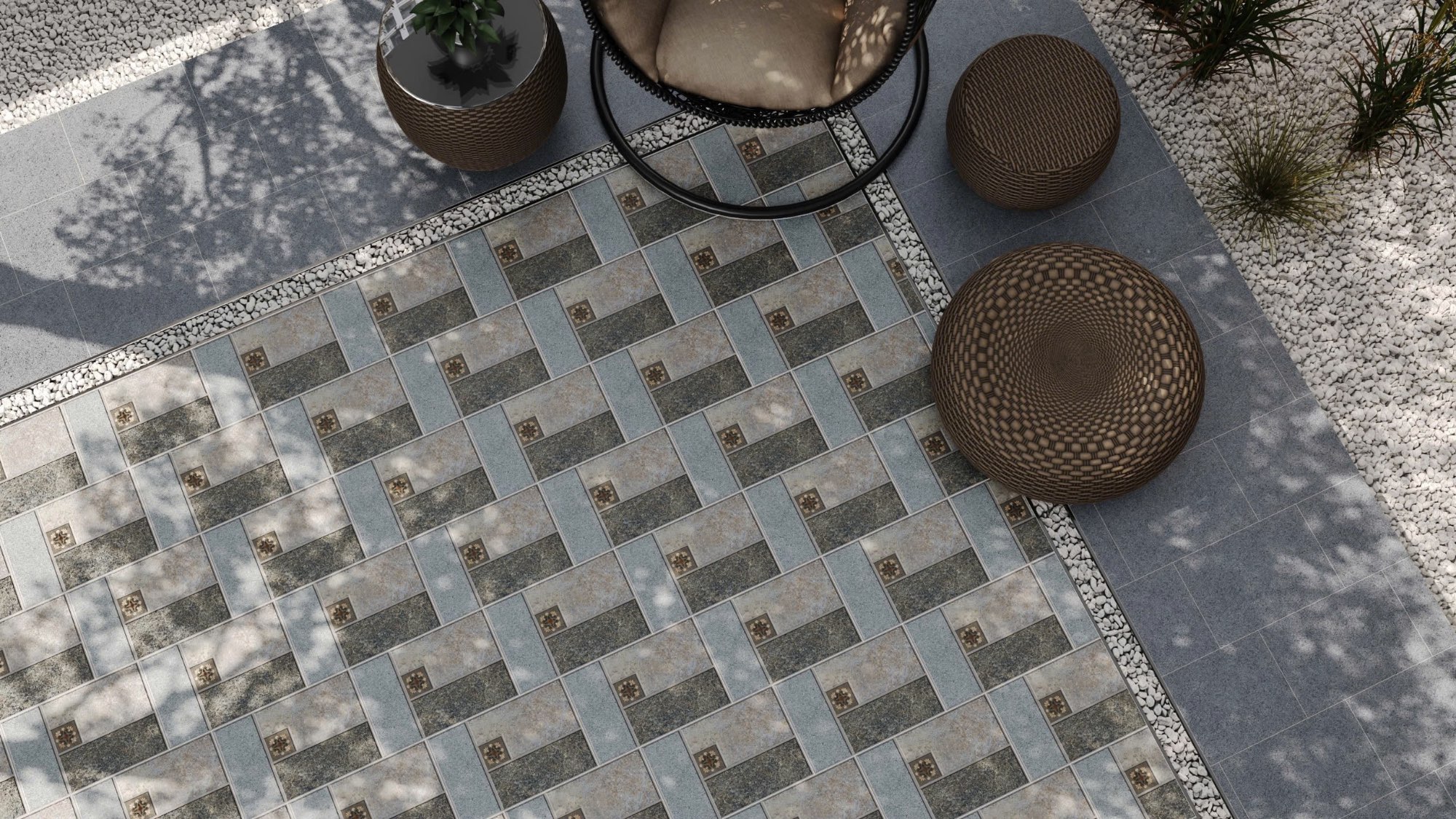
Product: Viglacera 40x60 cm semi-porcelain outdoor tiles
Likewise, large-format tiles contribute to creating “visual healing spaces” by offering smooth continuity and openness. With fewer grout lines, light and color are distributed more evenly, reducing visual tension in enclosed spaces. These qualities are ideal for minimalist, balanced living.
Meanwhile, sintered stone is another innovative material aligned with sustainable construction. Unlike certain artificial stones that use resins and adhesives, sintered stone contains no VOCs or harmful compounds. It releases no toxins into the air, ensuring a clean living environment. Furthermore, it does not contain hazardous free silica particles like those released during the processing of some engineered stones.
A Structured Movement, Not a Fleeting Trend
Although still in its early stages, this movement—supported by pioneering projects, products, and trend forecasting tools such as those mentioned by Lê Trương and Mai Xuân Đức—is clearly being shaped with methodical intent. Healing-focused design is no longer a luxury or an aesthetic choice. It is a necessity for architecture by the people, for the people, and centered on human wellbeing.
Source: Lao Động Newspaper
